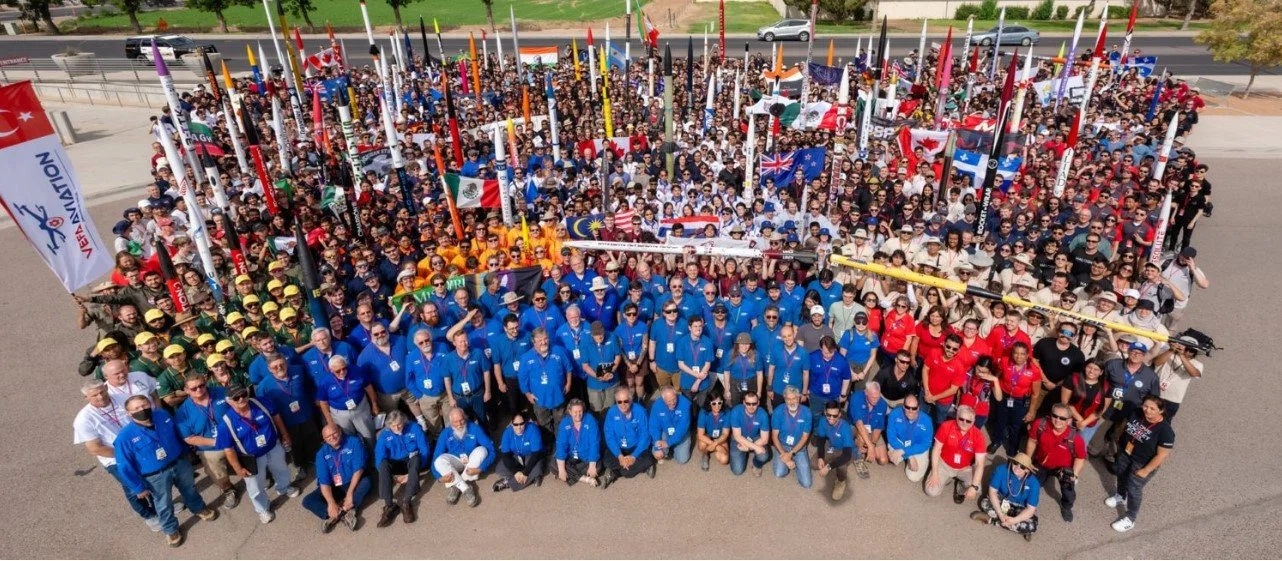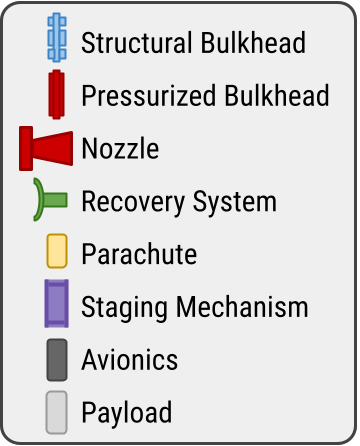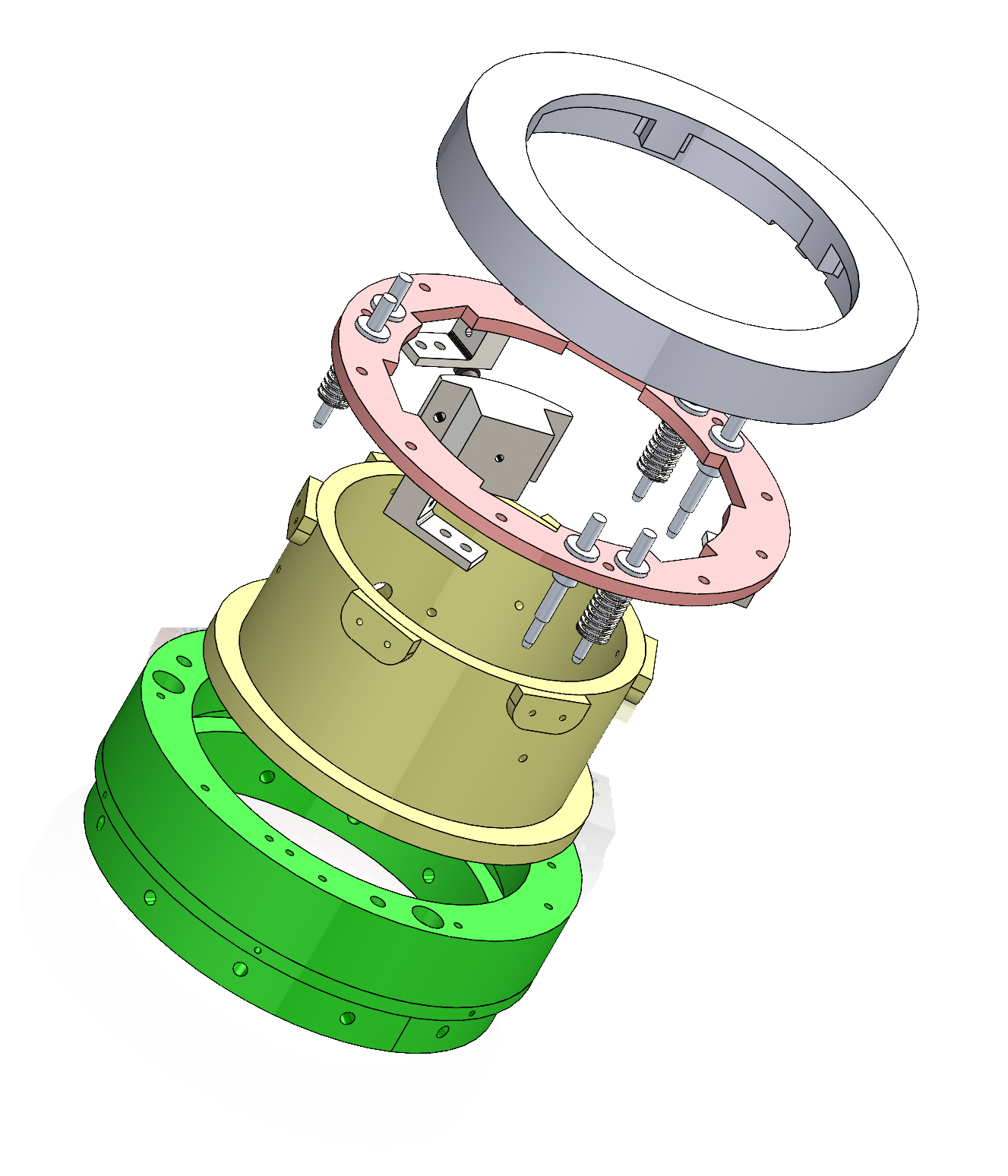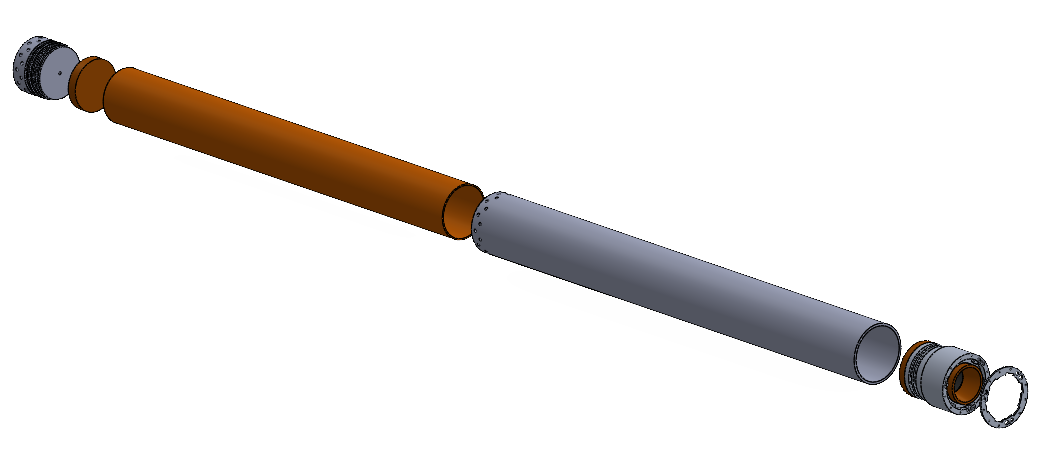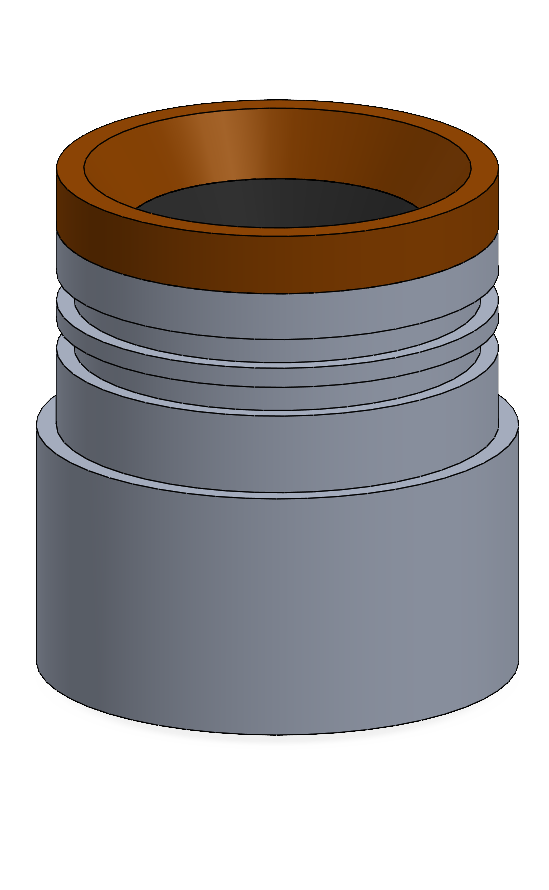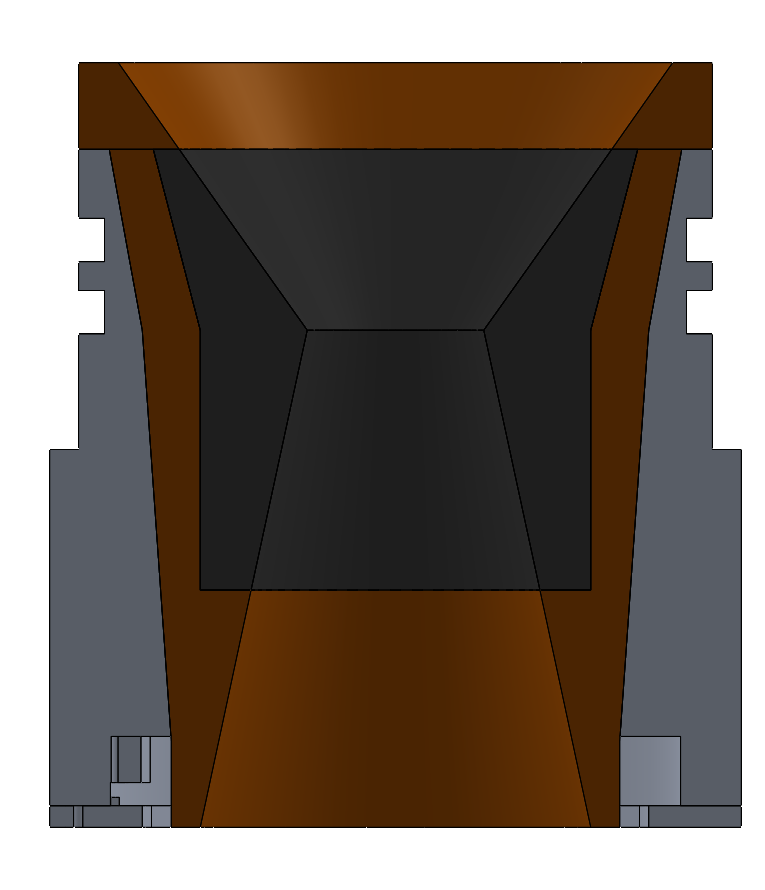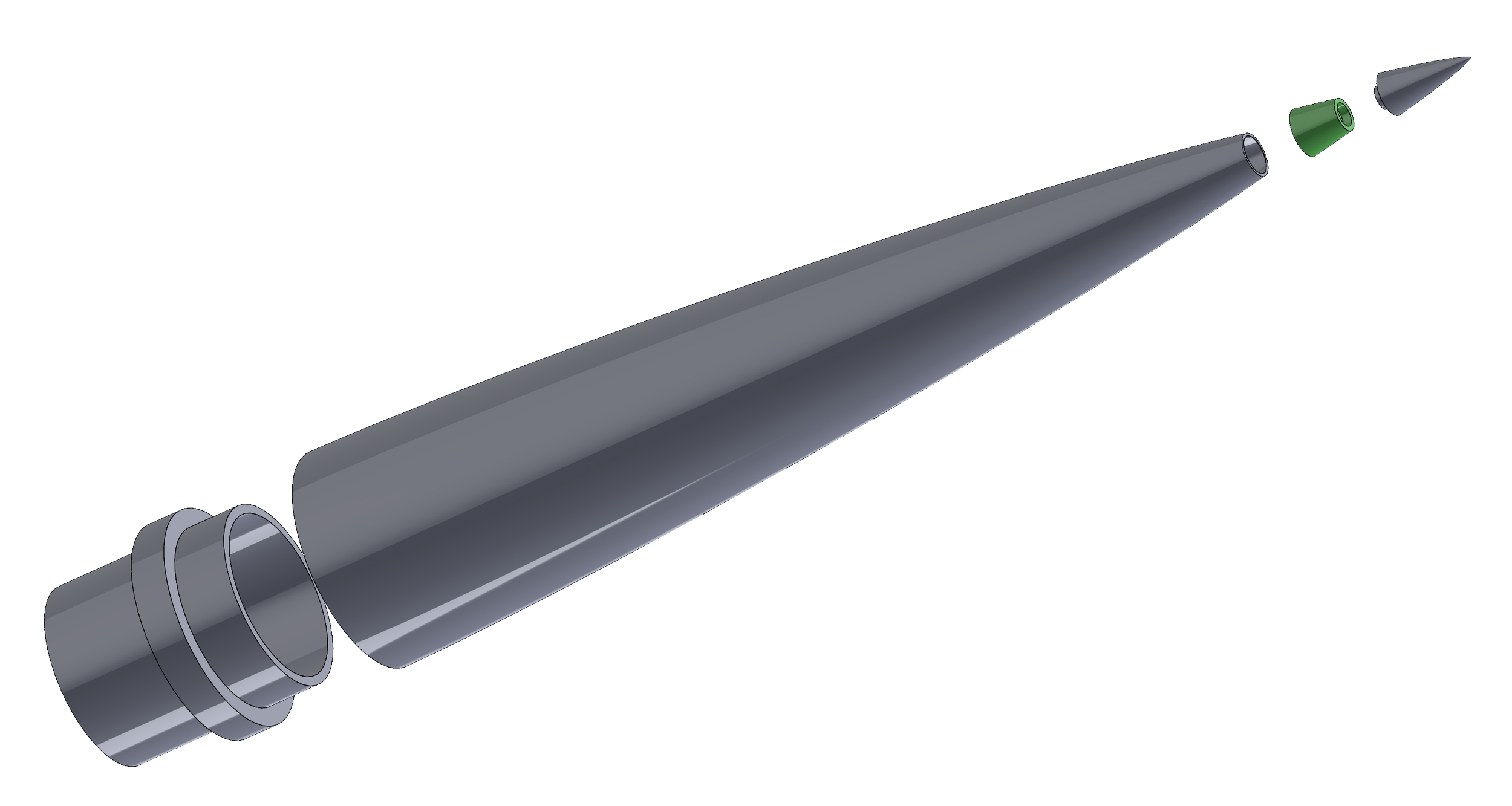OSIRIS
RPL’S FIRST MULTI-STAGE ROCKET, PROJECTED TO COMPETE IN THE SPACEPORT AMERICA CUP 2026
Project Osiris is a multi-stage solid fuel rocket with a fully functional in-house motor capable of launching it to an estimated apogee of 30000 feet. The project is composed into three major sub-teams: propulsion, staging, and structures. There are many challenges associated with successfully launching a two-stage rocket, and our team is working effortlessly to overcome each of these obstacles using our previous projects as guides for our design and manufacturing approach.
HEIGHT
15.33 ft / 4.67 m
DIAMETER
6 in / 15.24 cm
MAXIMUM SPEED
MACH 1.83
EXPECTED LAUNCH DATE
Summer 2026
A general layout for the subsystem composition of Osiris is depicted with Open Rocket on the right. The fuel for this ambitious project is a form of “rocket candy”, with its composition being composed of 35% sorbitol and 65% potassium nitrate. The staging mechanism is a two-part system, with a coupler and recovery section. Projected to stand a height of 15 feet with a diameter of half a foot, this powerful rocket is actively transitioning from the design phase to the manufacturing phase, and is set to launch Summer of 2026.
Staging Subteam
The staging subteam deals with the separation of the rocket’s two stages and their recovery. Ensuring the rocket separates is the most important task. They are developing a staging mechanism which will precisely and reliably separate the two stages, allowing the second stage to stay stable and successfully activate thrust without melting the mechanism.
Structures Subteam
The Structures subteam’s focus is the design, analysis, and construction of the rocket structures and materials. They need to design the structures in a manner that can be manufactured at a reasonable cost. The subteam ensures that the rocket can handle the loads that it will endure throughout its flight path. Their goal is to use GD&T and DFMA principles while designing the rocket parts and use Ansys and SolidWorks to analyze the designs.
Propulsion Subteam
The propulsion sub team’s primary focus is to push a payload of at least 8.5 pounds to 30,000 feet with a two-staged solid rocket. Their tasks are to maintain thrust chamber assembly structural integrity to withstand the heat and pressure of propellant combustion, optimize combustion flow for increased thrust and fuel efficiency, create aerodynamic fins to stabilize the rocket in flight, and create an expansive flight simulation for the rocket.
Recovery Subteam
As Osiris is a two-stage rocket, both stages must be recovered. The recovery subteam is developing a recovery bay for both stages which deploys a drogue parachute for fast, oriented, and targeted descent. Closer to the ground, it will deploy a main parachute which will guide the stages to a soft landing.

